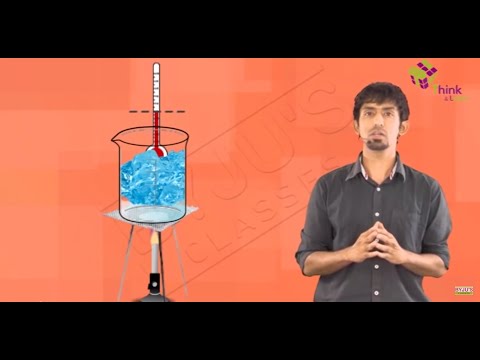Changes in energy are always accompanied by a particular chemical change or physical change.
Many changes happen in a natural environment such as evaporation of water, condensation, rainfall, etc. The change in state is involved in all these changes. During some reaction, the old bonds in the reactants break and new bonds are created in the products.
What is Chemical Change?
- The change in which the molecular composition is completely altered and a new product is formed is called a chemical change.
- Chemical changes create a new product.
- The changes in Chemical change are irreversible and permanent.
- It reveals that chemical change cannot be reversed by changing or altering the experimental changes.
- The mass of the substance is altered during a chemical change. Either the mass is added or removed.
- During a chemical change, the energy changes occur. There is an energy difference in the breaking of old bonds in reactants and the formation of new bonds in products.
- The reaction is called an exothermic reaction if the energy is released and as an endothermic reaction when the energy is absorbed.
Examples of Chemical Change
- Burning of wood or paper
- Burning of camphor
- Souring of milk
- Burning of candle
- Digestion of food
There is a difference in energy during the breaking and making of bonds. The energy is given out to the surroundings if the energy required to break the bonds is higher than the energy required to make the bonds.
These changes or reactions are called exothermic. But, the energy is absorbed from the environment when the energy needed to break the bond is lower than the energy required to make the bonds. Such reactions are called endothermic reactions.
Recommended Videos

What is Physical Change?
- During the physical change, the arrangement of molecules is altered leading to change in state. No new products are formed, and the molecular composition remains totally the same. For example, the molecular composition of ice and water is not altered.
- No energy changes occur when as a result of a physical change. The energy needed to bring a physical change is equal to the amount of energy required to reverse the change. There is no change in energy.
- The changes are reversible and temporary. The reaction gets reversed if the cause of producing the change is removed. For example, water on freezing forms ice and ice on melting forms water.
- During the physical change, the mass of the substance remains the same. Only energy is added or removed, and mass is not involved in a physical change.
Examples of Physical Change
- Dissolution of sugar in water
- Melting of ice
- Freezing of water
- Boiling of water
- Melting of wax
From the above explanation, the concept of physical and chemical change and the difference between physical and chemical changes are evident. To know more about any related topic, you can always refer to NCERT solutions for a better understanding. BYJU’S brings you NCERT solutions for Physical and Chemical changes. Click here to refer – Physical and Chemical changes


Comments